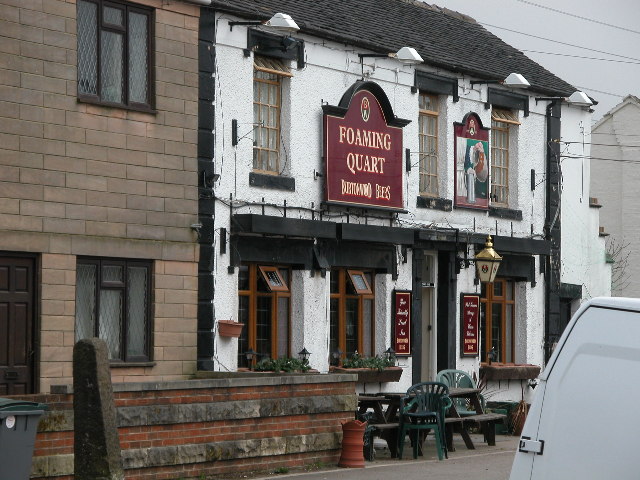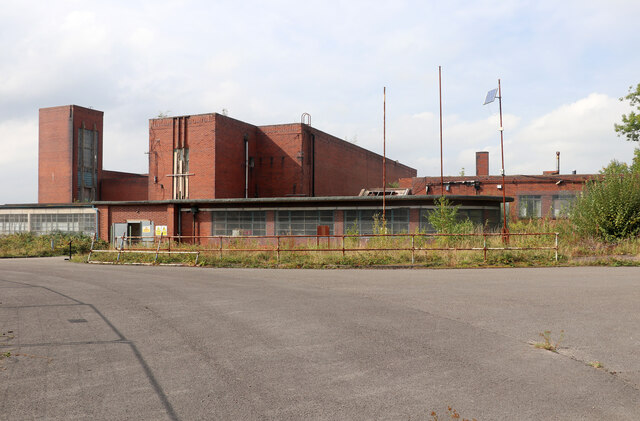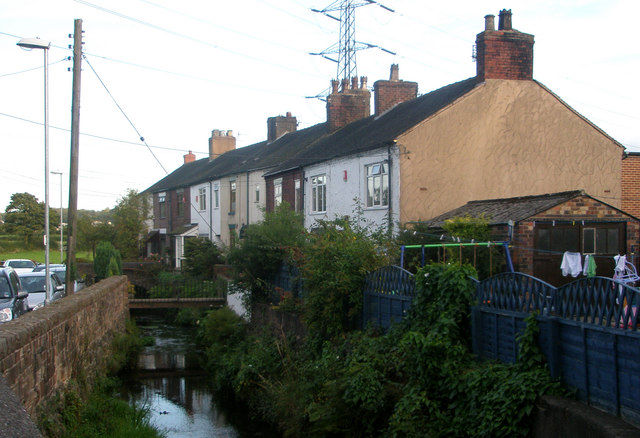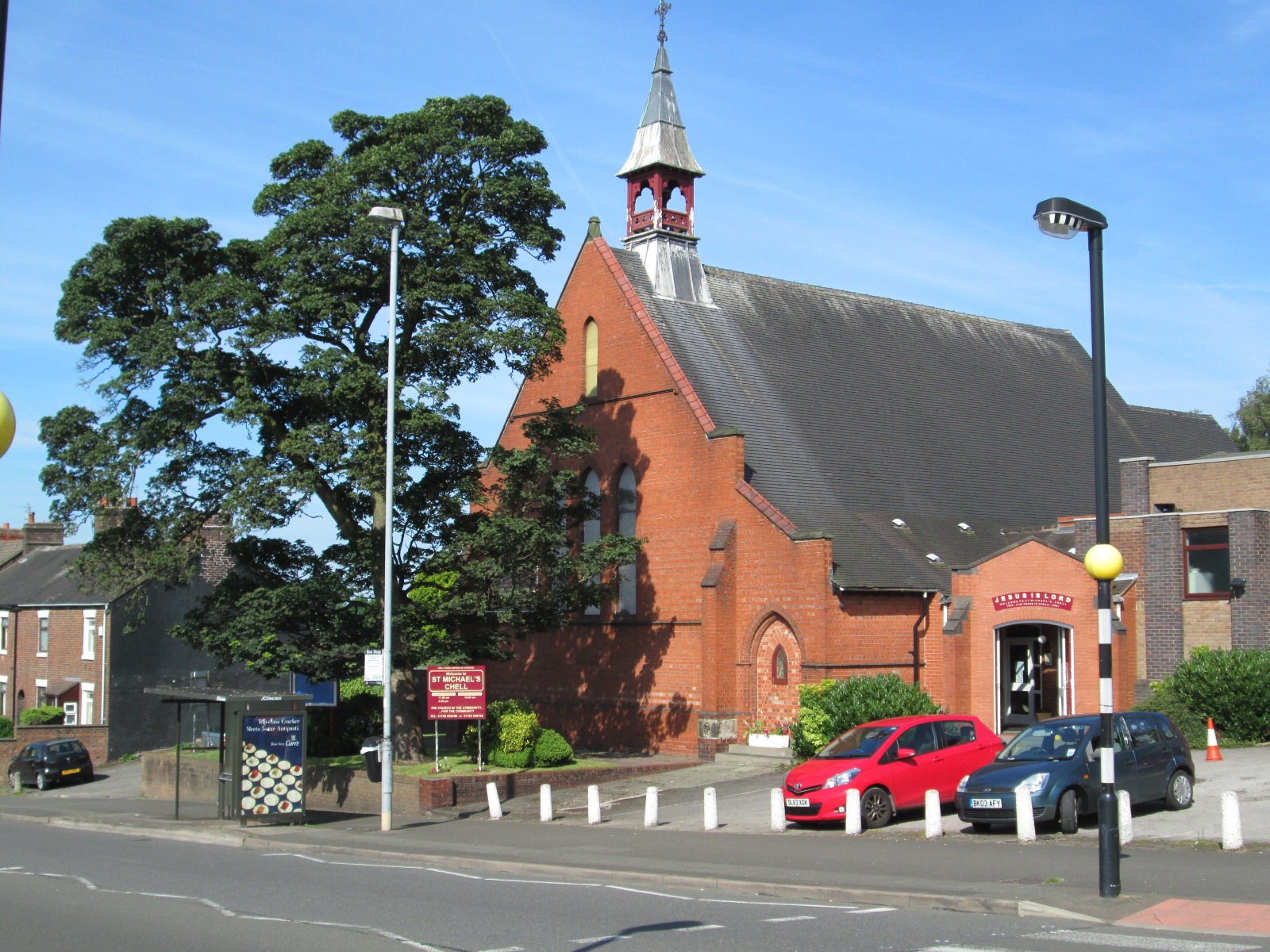Chatterley Whitfield Hill
Hill, Mountain in Staffordshire
England
Chatterley Whitfield Hill

Chatterley Whitfield Hill is a prominent landmark located in Staffordshire, England. It is not a typical hill or mountain but rather a spoil heap that was created as a result of extensive coal mining activities in the area. The hill is named after the nearby Chatterley Whitfield Colliery, which was once one of the largest and most productive coal mines in the country.
The spoil heap, also known as a slag heap or spoil tip, is a large mound of waste material, including rocks, soil, and coal dust, that was left behind after the mining operations ceased. Over time, the heap has become covered in vegetation, giving it a green and somewhat natural appearance.
Chatterley Whitfield Hill stands at an elevation of approximately 100 meters (330 feet) and covers a considerable area. Its distinctive shape and size make it a recognizable feature of the local landscape. The hill offers panoramic views of the surrounding countryside and provides a unique insight into the region's industrial heritage.
Although Chatterley Whitfield Colliery closed in 1977, the hill remains as a reminder of the once-thriving coal mining industry that was instrumental in the development of Staffordshire. Today, the site is designated as a Scheduled Ancient Monument and is open to the public as a heritage attraction. Visitors can explore the hill, learn about the history of the colliery, and gain an understanding of the importance of coal mining in the region.
If you have any feedback on the listing, please let us know in the comments section below.
Chatterley Whitfield Hill Images
Images are sourced within 2km of 53.073472/-2.1758889 or Grid Reference SJ8852. Thanks to Geograph Open Source API. All images are credited.












Chatterley Whitfield Hill is located at Grid Ref: SJ8852 (Lat: 53.073472, Lng: -2.1758889)
Unitary Authority: Stoke-on-Trent
Police Authority: Staffordshire
What 3 Words
///habit.target.vote. Near Tunstall, Staffordshire
Nearby Locations
Related Wikis
Chatterley Whitfield
Chatterley Whitfield Colliery is a disused coal mine on the outskirts of Chell, Staffordshire in Stoke on Trent, England. It was the largest mine working...
Whitfield Valley
Whitfield Valley is a local nature reserve on the northern fringe of Stoke-on-Trent, England. == Description == The reserve, of area 91.15 hectares (225...
Ridgeway, Staffordshire
Ridgeway is a hamlet on the boundary of Brown Edge and Stoke-on-Trent in Staffordshire, England. == References ==
Chell, Staffordshire
Chell is a suburb of the city of Stoke-on-Trent in the ceremonial county of Staffordshire, England, that can be subdivided into Little Chell, Great Chell...
Nearby Amenities
Located within 500m of 53.073472,-2.1758889Have you been to Chatterley Whitfield Hill?
Leave your review of Chatterley Whitfield Hill below (or comments, questions and feedback).








